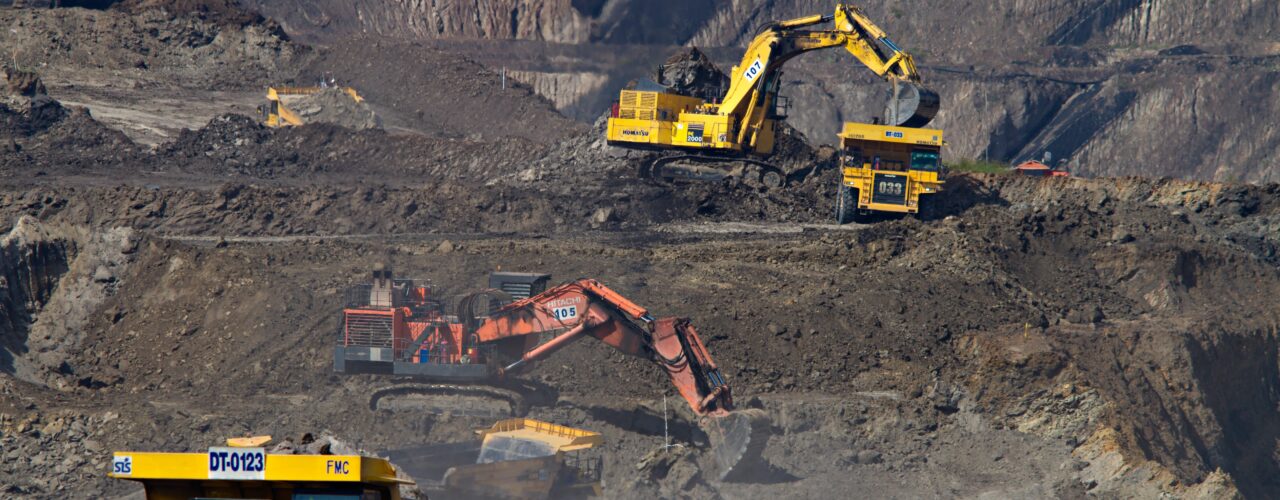Resource Overshoot
Global resources are generally being used at unsustainable rates as consumption continues to increase and extractive linear models of resource use remain in place.
Read more
Current Trajectory
According to UNEP’s Global Resource Outlook for 2019, 90% of biodiversity loss and water loss are caused by resource extraction and processing. Moreover, several important natural resources – from fibres and timber to various minerals – are being used at rates faster than they can be replenished.
For example, unrelenting demand for sand is becoming one of the major sustainability challenges of the 21st Century. As the starter material for concrete, glass and beach sand, it is the backbone of the urban built environment. And we are running out of it.
Population growth and rapidly urbanising Asian cities are driving this demand, as is the increasing number of cities across the globe engaged in land expansion in response to rising sea levels. Most of the sand used comes from vulnerable and impoverished communities in India, China and Southeast Asia, as desert sand is too eroded and smooth for industrial use.
The resulting environmental damage is compounded by profound social impacts for millions of people living in coastal and riverine habitats.
Implications
Unlike most other major resources and traded commodities, there is no single intergovernmental body monitoring the use of sand at the global level. Regulation and oversight is sorely needed, but is it forthcoming? To what extent has the socio-economic status of those worst affected prolong the ‘invisibility’ of this issue?
Supporting evidence:
- The extraction and processing of materials, fuels and food contribute half of total global greenhouse gas emissions and over 90 percent of biodiversity loss and water stress.
- Resource extraction has more than tripled since 1970, including a fivefold increase in the use of non-metallic minerals and a 45 per cent increase in fossil fuel use.
- By 2060, global material use could double to 190 billion tonnes (from 92 billion), while greenhouse gas emissions could increase by 43 per cent
- ‘Earth Overshoot Day’ marks the date when humanity’s demand for ecological resources and services in a given year exceeds what Earth can regenerate in that year. In 2020 this date fell on August 22nd, which means that in less than nine months humanity exhausted the planetary budget for the year.
- Between 2011 and 2013, China used more concrete than the United States did over the entire 20th century.
- Dredging sand at much higher rates than the natural rate of replenishment has caused widespread droughts, the contamination of drinking water, the spread of infectious diseases and the loss of habitats and species, with a pronounced negative impact on coastal livelihoods. The documentary Lost World profiles some of these effects.
The online community Sandstories.org offers accounts of the people affected by the global sand crisis, focusing on communities in the frontline of dredging and other extractive practices.

Join discussion